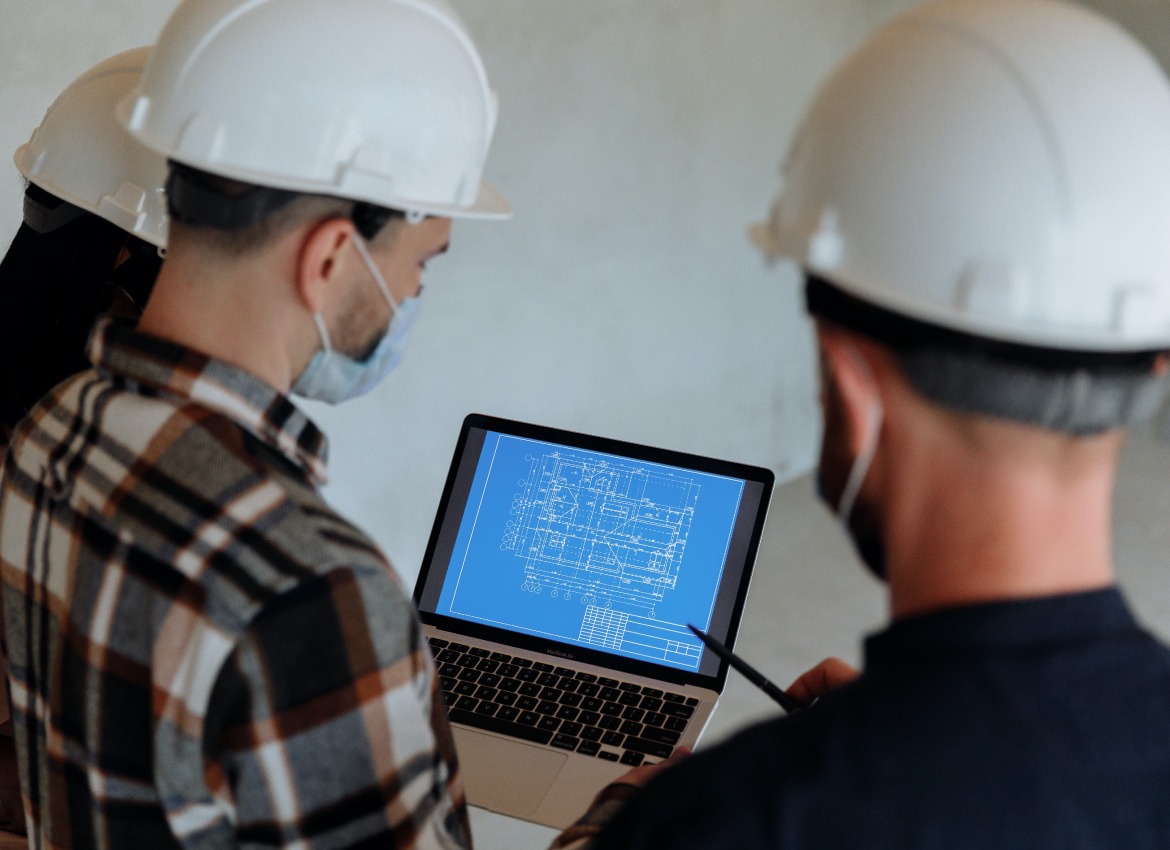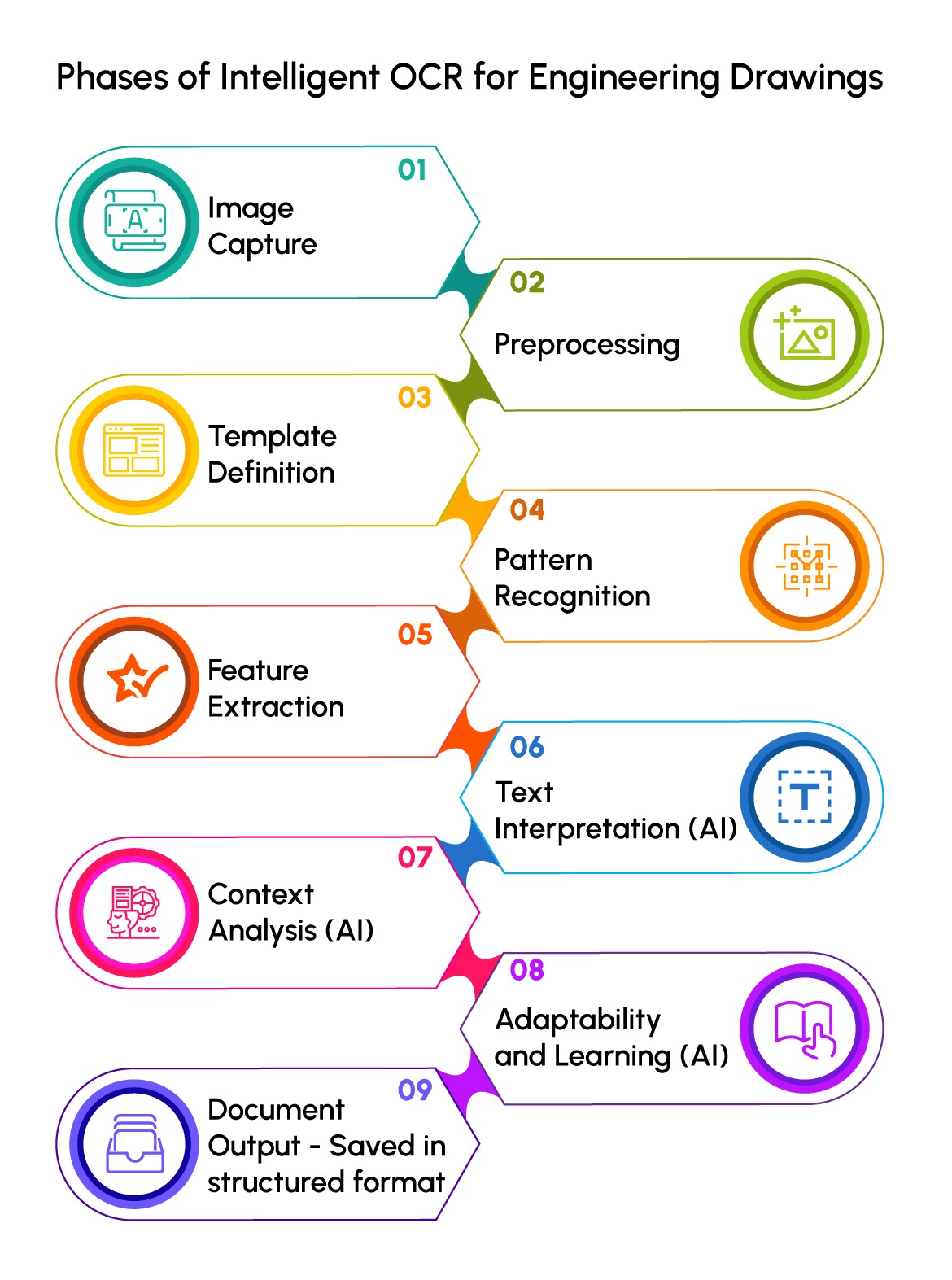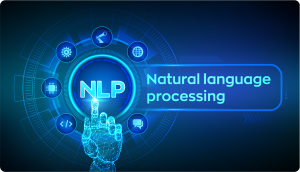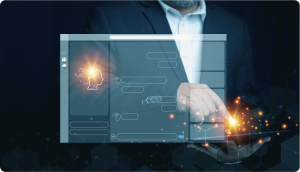
Optical Character Recognition OCR technology is commonly used to read engineering drawings, which are highly detailed and complex documents containing technical information such as dimensions, symbols, and text. OCR for engineering drawings and blueprints helps in digitizing and extracting textual information, making it easier to search, archive, and manipulate the data.
OCR is a technology that facilitates the conversion of text and symbols from these drawings, whether they are in image or handwritten form, into a format that can be interpreted and manipulated by computer systems.
Model-based OCR technology for Complex Technical Documents
Traditional OCR tools, like those used for standard text documents, face limitations when applied to specialized documents such as engineering drawings. Imagine you have an engineering blueprint with complex layouts, technical symbols, and unconventional text formatting. Traditional OCR struggles with the complexity of CAD data extraction. It may not accurately interpret the text that is oriented in different directions or placed in unusual locations. Additionally, symbols and notations specific to engineering, which are crucial for the document’s meaning, might be misinterpreted or missed by a traditional OCR tool. These tools may also lack an understanding of the context within documents, leading to potential misinterpretations. Their adaptability is limited, and they may not be finely tuned for specific document types, resulting in lower accuracy for complex documents.
Model-based OCR rectifies these limitations by offering tailored solutions. It is specifically designed to handle the challenges posed by complex layouts, specialized symbols, unconventional text formatting, and contextual understanding.
Model-based OCR technology, or Model-Based Optical Character Recognition, is a specialized technology for converting images of documents, particularly those with structured layouts, into machine-readable text. Unlike general OCR systems that rely on universal algorithms, model-based OCR employs customized templates and predefined models specifically designed for particular document types, layouts, or industries. These templates define the expected structure and features of the documents, allowing the system to recognize and extract text, symbols, and patterns accurately.
Imagine you have a highly intricate blueprint for a gearbox component, where the layout is ever-changing, containing a plethora of geometric shapes, specialized engineering symbols, labels, and text that can be oriented in various angles and integrated within complex symbols. To handle the complexities of this blueprint, model-based OCR, integrated with AI (Intelligent OCR), proves invaluable. AI integration into model-based OCR improves its capabilities.
The AI component utilizes machine learning models to gain a deep understanding of the context within the blueprint. This means that it can differentiate between critical text and symbols, even when they are presented in unconventional ways or surrounded by intricate diagrams. The AI system learns to interpret the context and relationships between elements within the blueprint.
AI-driven dynamic adjustments in recognition parameters allow the OCR system to adapt on the fly. For instance, Intelligent OCR recognizes that the text orientation or placement may change from one blueprint to another and dynamically adjusts its recognition criteria accordingly.
How OCR with AI Works – AI-based OCR for Engineering Drawings
I’ve broken down the process into phases because it’s the best way to understand the complex process involved in the development of AI-based OCR for engineering drawings.

1. Image Acquisition
This step involves capturing the engineering drawing as an image. High-quality imaging is critical because the accuracy of OCR heavily depends on the clarity and quality of the source image. Scanners are commonly used to ensure high-resolution and uniform lighting. Alternatively, digital cameras can be used to capture images of drawings.
2. Preprocessing
Once the image is acquired, preprocessing techniques are applied to enhance the quality of the image. This can involve tasks like noise reduction, contrast enhancement, and image cleanup. For engineering drawings, it’s often essential to convert the image to binary format (black and white) to improve character recognition.
3. Text Detection
OCR software uses pattern recognition algorithms and techniques such as edge detection and contour analysis to locate text regions within the image. This step is crucial to differentiate text from other graphical elements, like lines, symbols, or drawings.
4. Character Recognition
Character recognition is the core component of OCR. This is where the software analyzes the text within the detected regions and converts it into machine-readable text. Traditional OCR engines relied on pattern matching, but modern systems increasingly use machine learning and neural networks to achieve higher accuracy, especially for recognizing handwriting and complex fonts.
5. Text Verification and Post-processing
To improve OCR accuracy, the recognized text often goes through a verification and post-processing stage. During verification, the software may compare the recognized text to a dictionary or predefined patterns. Once the text is recognized, it often goes through post-processing to refine the results.
This stage involves integration of several OCR with AI techniques
- Dictionary and Language Model Checking – AI-based OCR algorithms compare the recognized text to dictionaries and language models. This helps correct spelling errors and ensures that the extracted text makes linguistic sense.
- Context Analysis – OCR with AI is used to analyze the context in which the recognized text appears. For example, it can determine if a recognized word should be a verb or a noun based on the surrounding words.
- Formatting Correction – AI algorithms can be used to adjust formatting issues that may arise during OCR, like line breaks, font sizes, or spaces between characters.
- Noise Reduction – AI can help in reducing noise or errors introduced during character recognition, making the text cleaner and more accurate.
- Pattern Matching – In some cases, AI can be used to match recognized text patterns to predefined templates, which is especially useful for structured documents like blueprints.
- Machine Learning for Correction – AI can employ machine learning models that learn from user corrections. As users manually correct OCR errors, the system learns and becomes more accurate over time.
6. Output
The final output of OCR is a digital version of the engineering drawing with the text content transformed into a machine-readable format. The output is typically saved in standard document formats like PDF, plain text, or a structured database.

He is a seasoned machine learning engineer with a wealth of hands-on experience .Pravin Kumar has a strong foundation in OCR, computer vision, and deep learning and leads the ML team at iTech India. He is an expert in a diverse range of programming languages and frameworks, including Python, CPP, Scala, JS, and React, and has a deep understanding of machine learning algorithms and techniques. He and his team have broken new ground in a wide array of projects spanning image recognition, object detection, and text extraction. This has enabled him to tackle complex projects and deliver top-tier results for real-world challenges.







